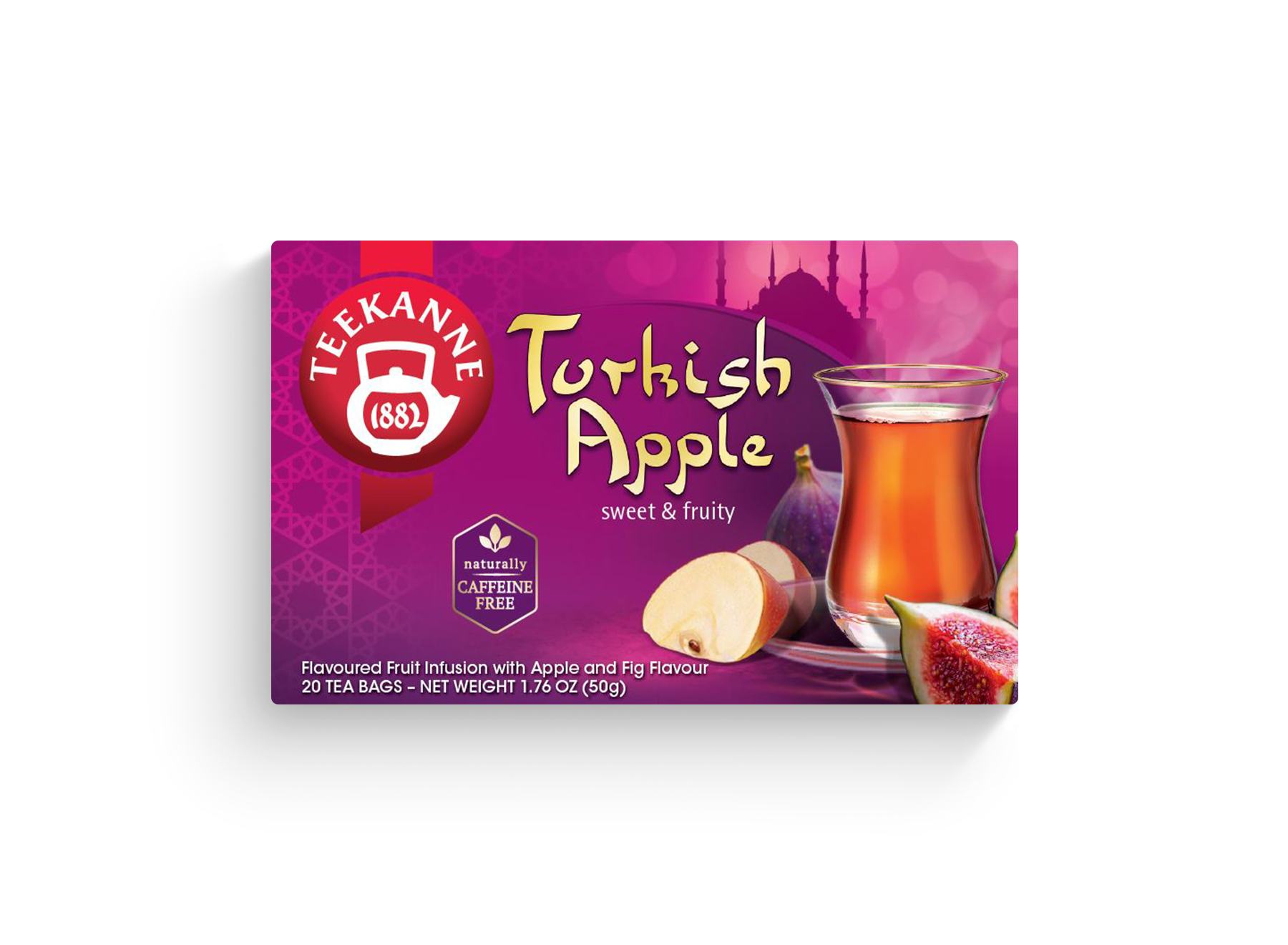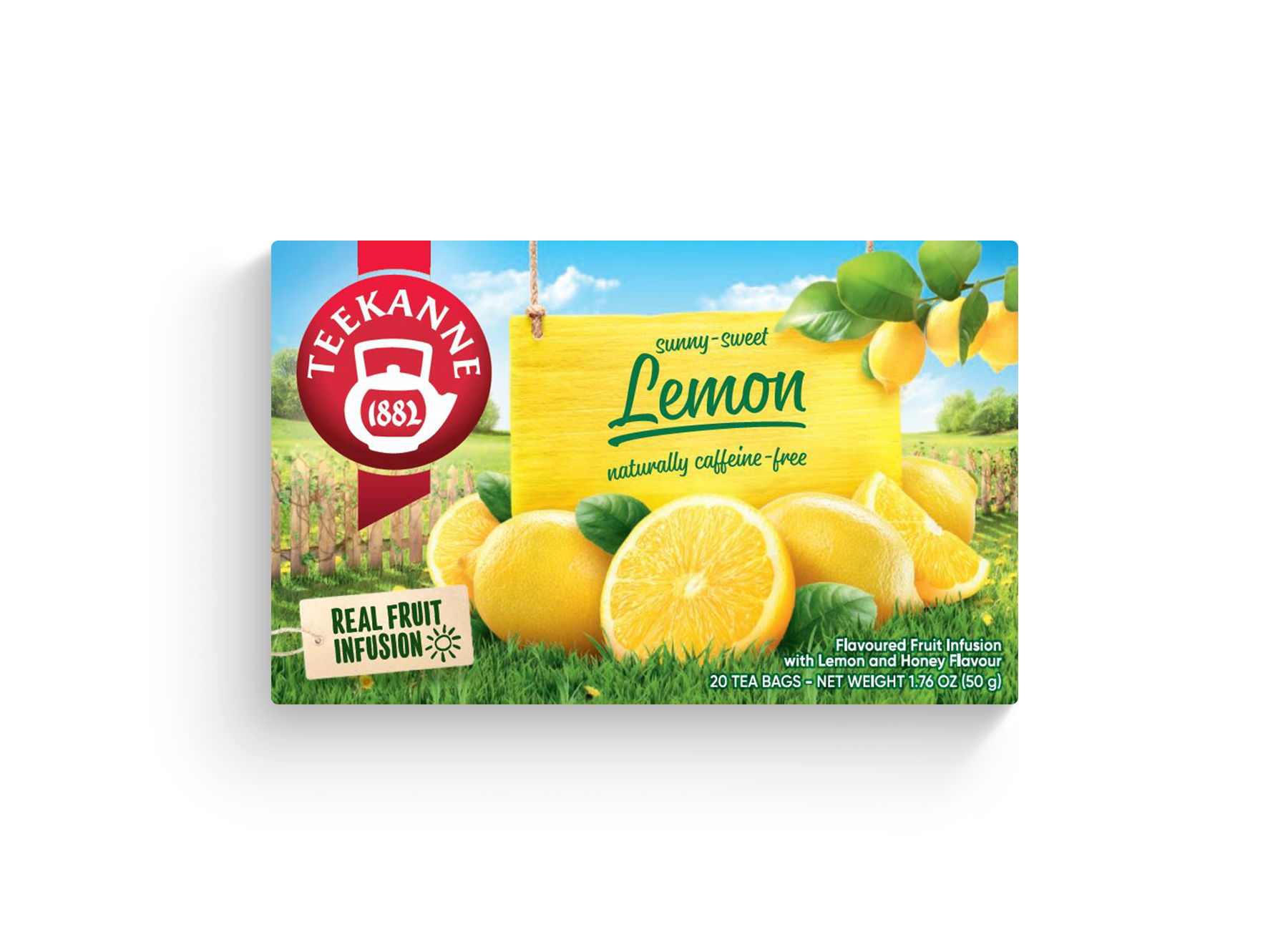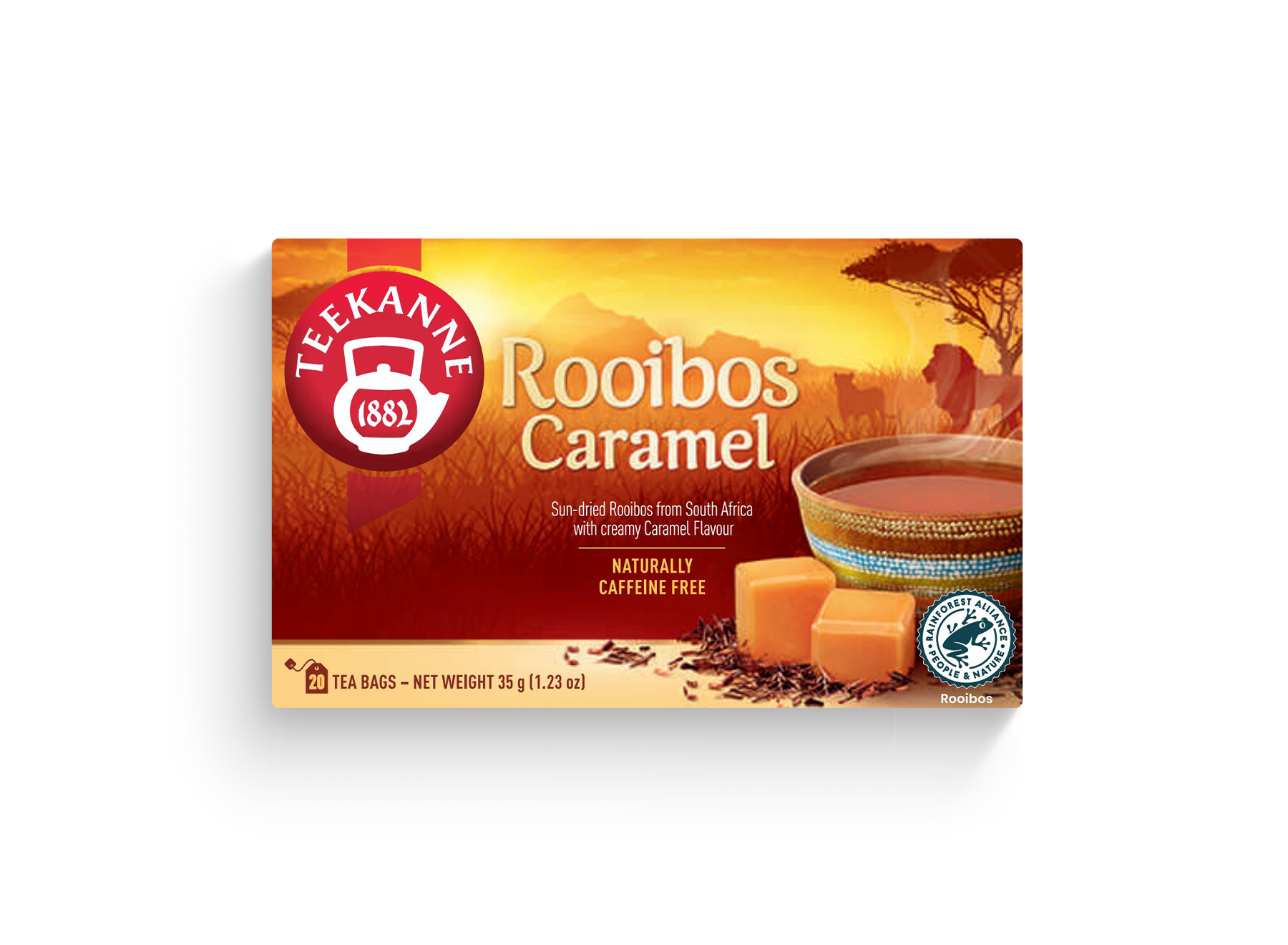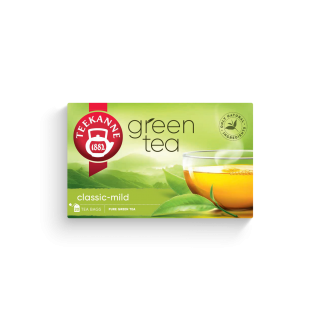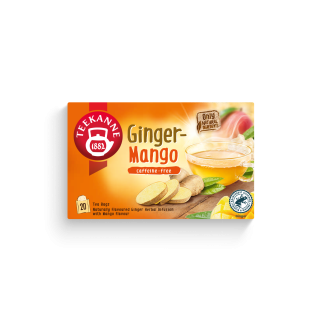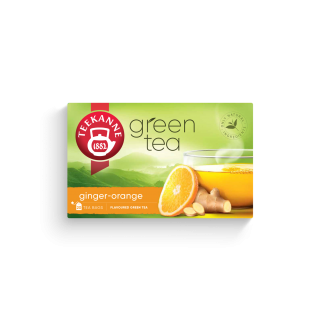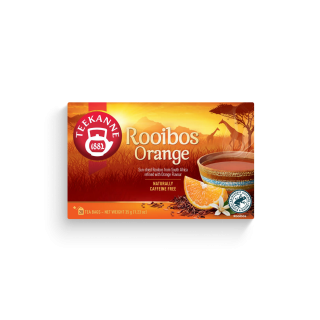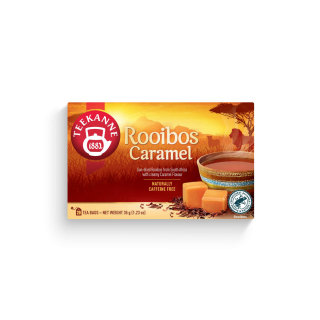Making Tea and More – The Variety of Tea
The production of tea and many other aspects of tea culture underline the great diversity of the infusion beverage. Tea is known and loved in numerous regions of the world – regional differences have fascinated tea lovers for centuries, and the trade in tea as a foodstuff has led to a lively exchange of cultures over the decades.
Some people like to brew their tea cold, while others like their tea with milk or sugar. Perhaps you also have your very own quirk about how you prepare your favorite tea. Here we would like to introduce you to the variety of teas.
The Production of Tea
The production of tea is quite different, depending on the type of tea. Many teas have as a basic ingredient the leaves of the tea plant Camellia sinensis. After harvesting, these leaves are processed into different types of tea. There are significant differences, for example, between green tea and black tea. Green tea leaves are processed less and more gently, which means they ferment less. The tea leaves for classic black teas, such as Earl Grey and Darjeeling, on the other hand, are rolled much more heavily and fermented longer – giving them their unique aroma.
The production of teas that are not based on the tea plant often involves drying or otherwise processing plants, flowers or fruits. Again, the goal is to elicit their special aroma from the raw materials, making them pleasantly fragrant and distinctively aromatic. Teas produced in this way include rooibos tea, herbal tea and fruit tea. Depending on which ingredients are present in a tea, different flavor profiles develop. This is how countless tea blends have been created over the centuries – and even today, we are still finding new and delicious tea creations for you.
Preparing Tea
How you can best prepare your tea, you can usually read on the packaging or label. The infusion time has an important influence on the taste of the tea. The longer the infusion time, the more ingredients can be released from the tea mixture. Accordingly, the taste also changes. How long you want your tea to steep is up to you – if you like your tea a little milder, take the tea bag out of your container after a few minutes. If you prefer a slightly stronger profile, you can stick to the higher limit.
In traditional Chinese tea ceremonies, it is even customary to infuse a tea several times. High-quality loose tea is used for this – the leaves sink to the bottom, and the tea can be drunk from the top after the brewing time is over. By the way, for direct use, certain herbs such as peppermint can be freshly harvested, washed off and also put loose in the cup and pour hot water over it.
The Diversity of Tea
Whether it’s about how tea is made or the ideal infusion time – enjoying tea is always a deeply individual decision, shaped by personal preferences. Try yourself and your favorite teas and find your ideal combination, or even try something completely new – we at TEEKANNE wish you every success.


